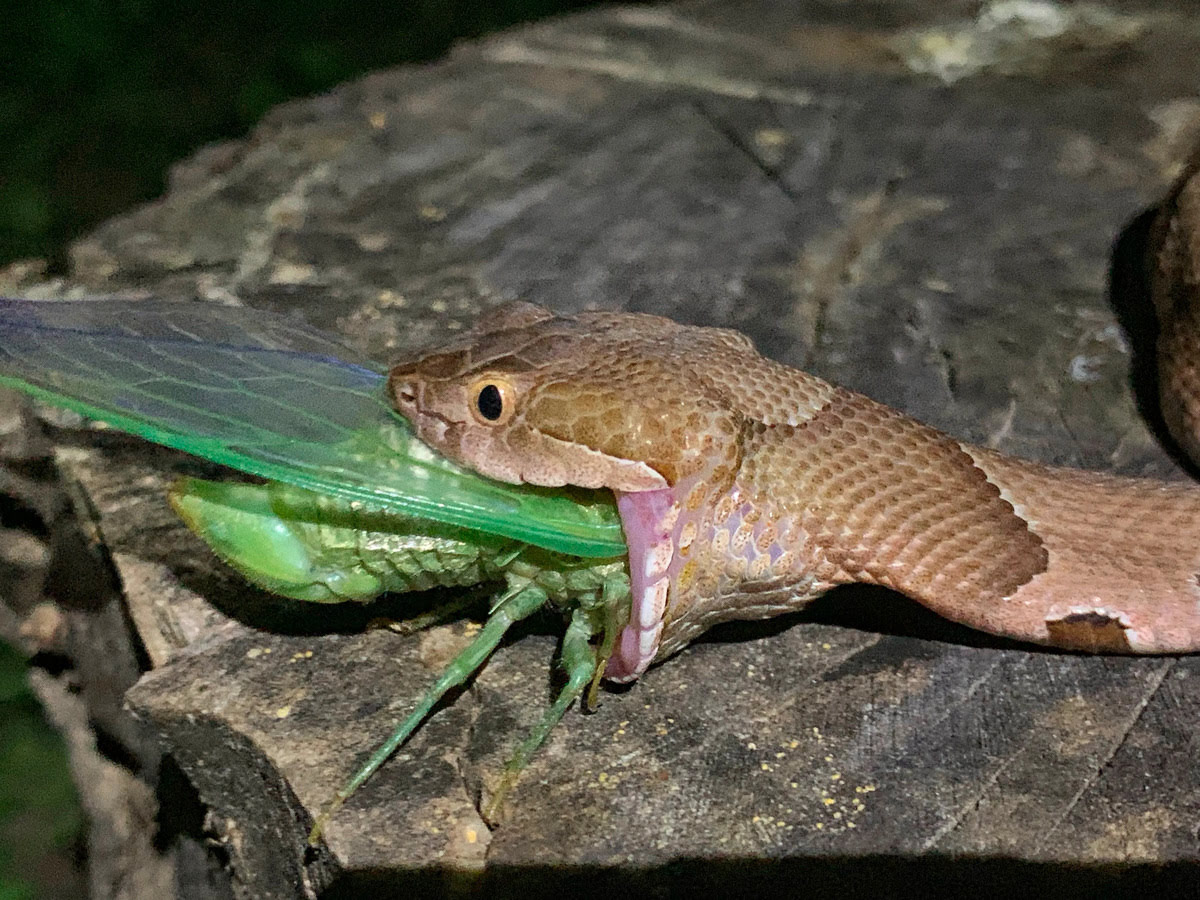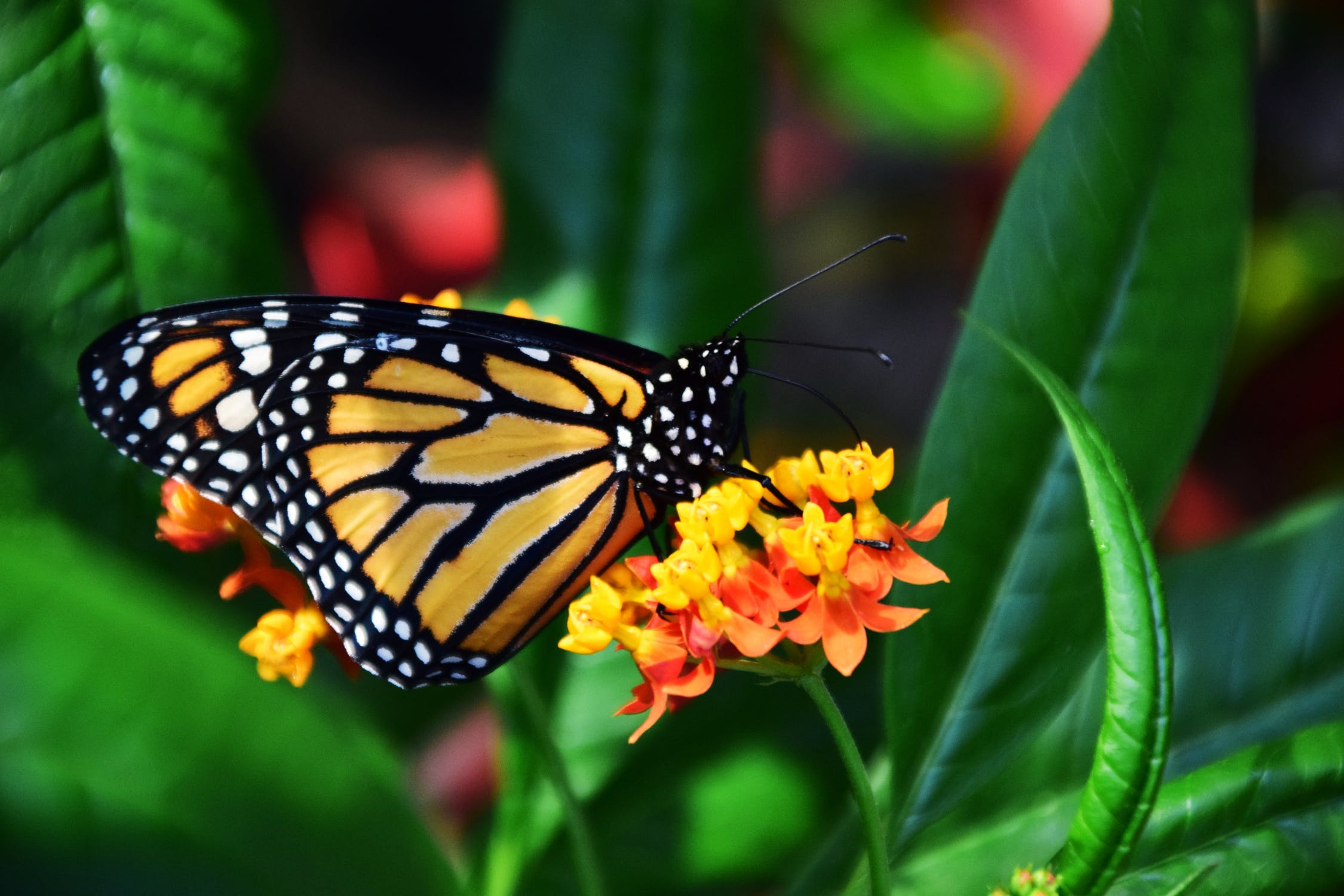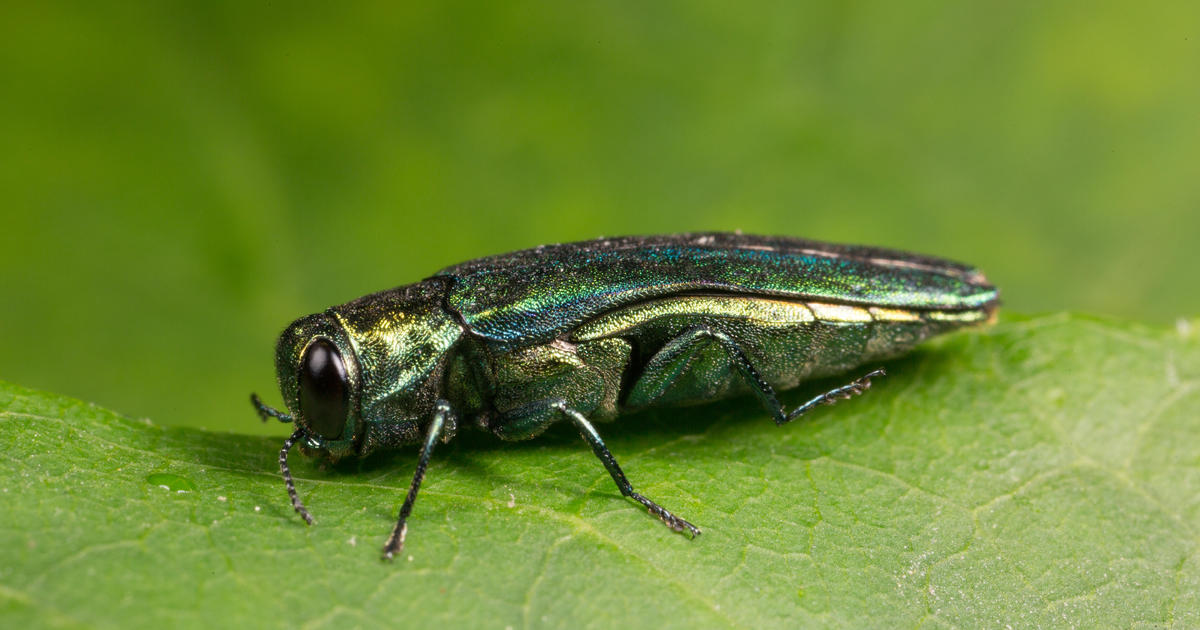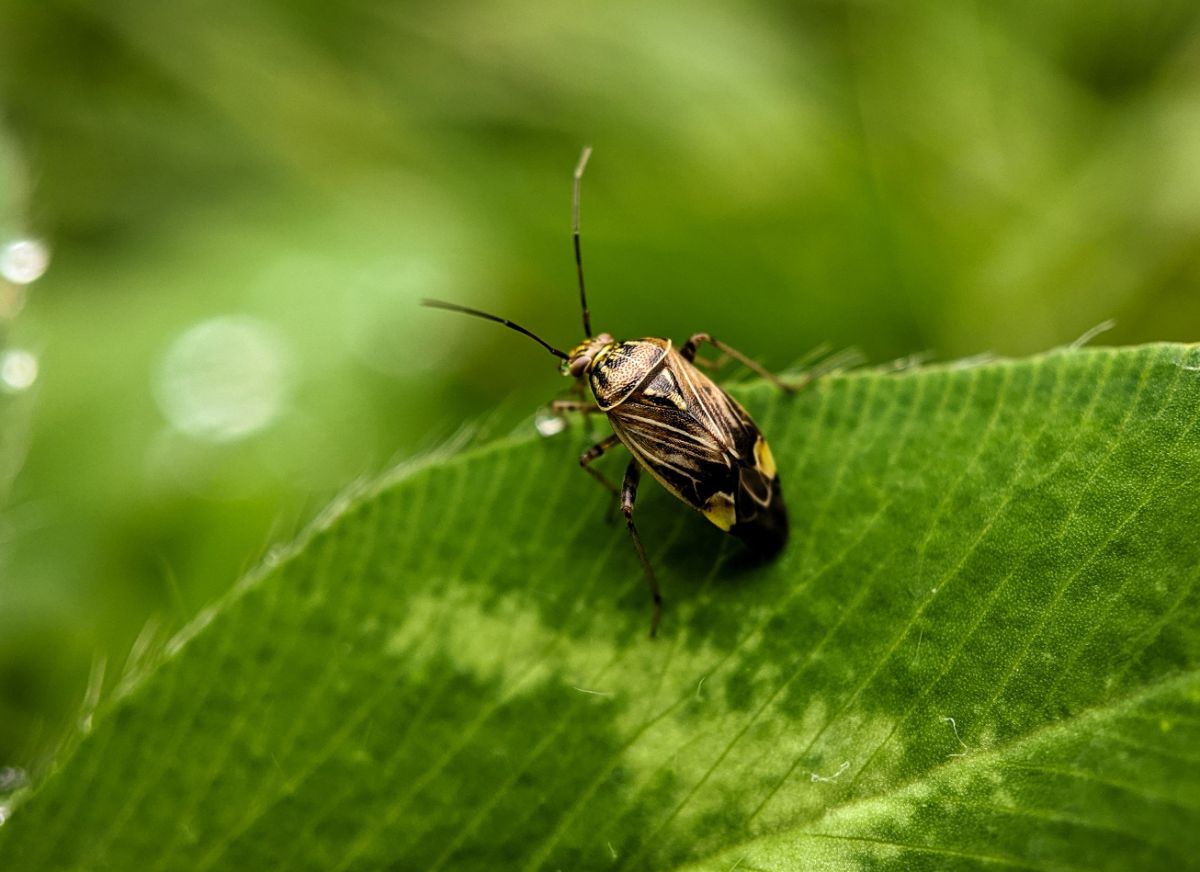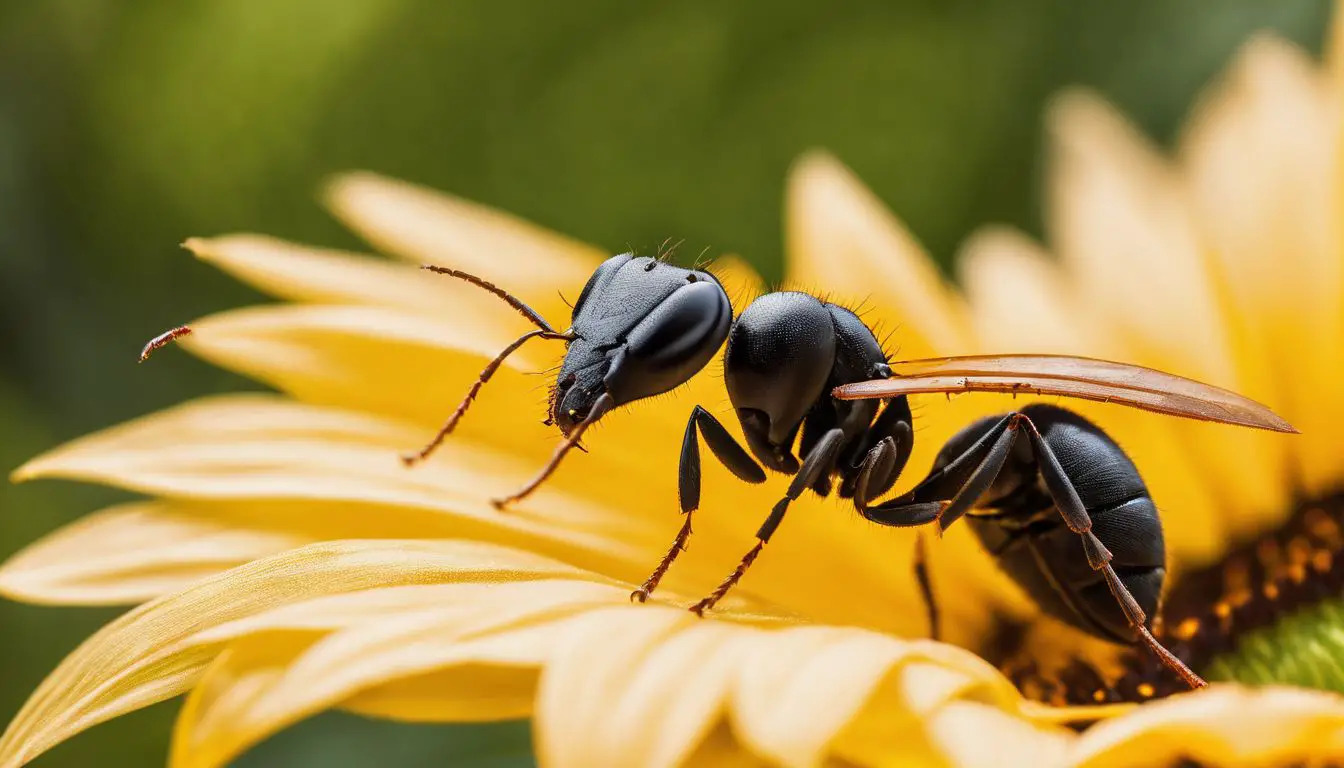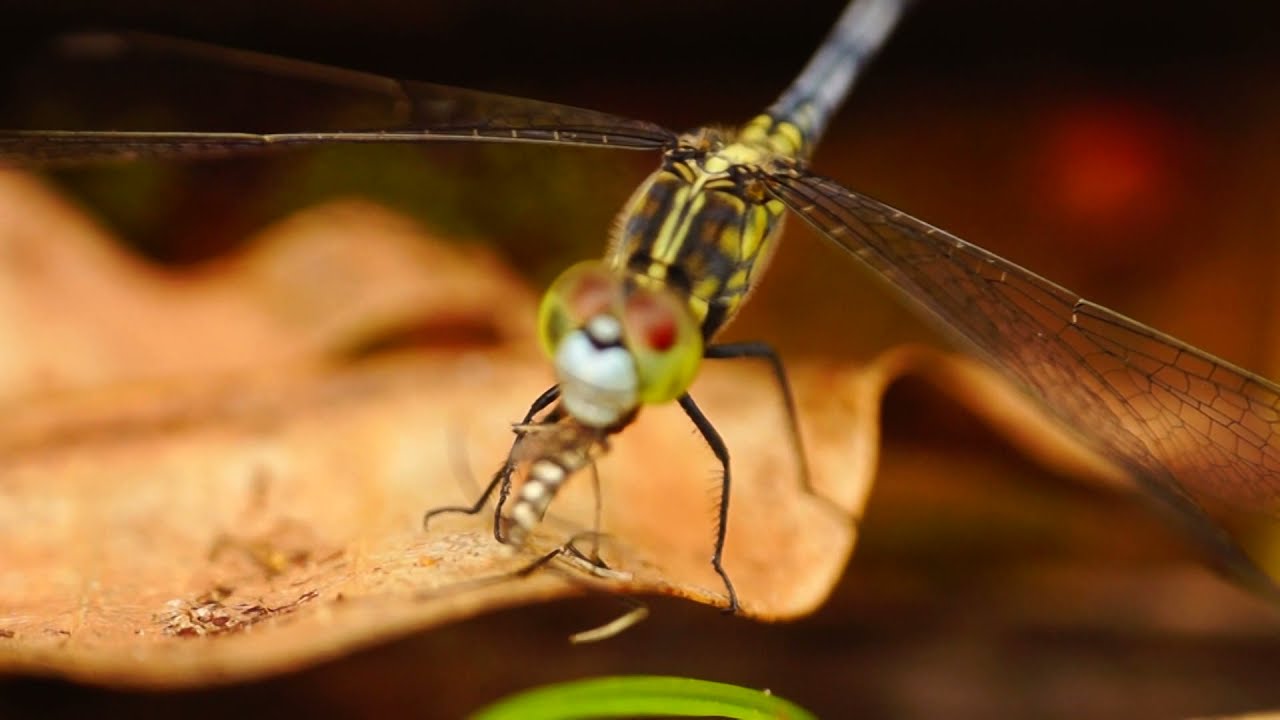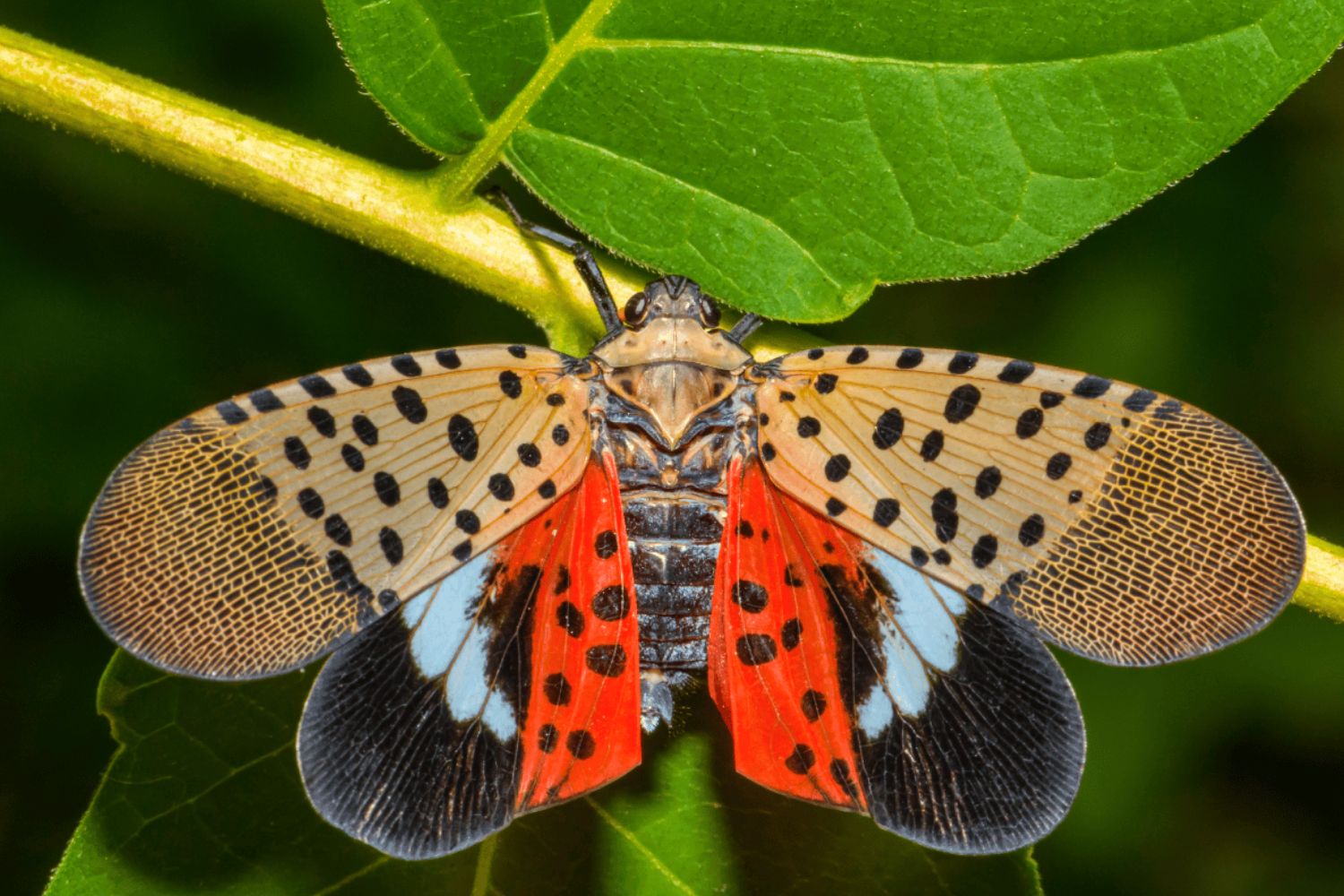Home>Gardening News and Trends>Latest News>What Insects Eat Wasps
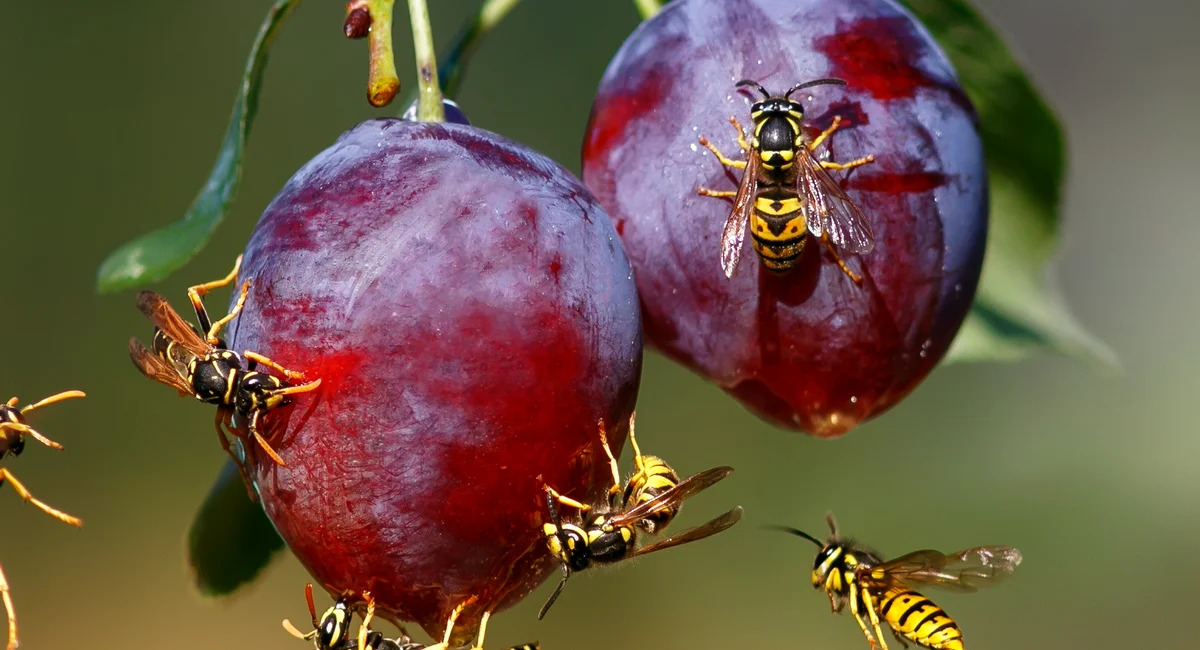

Latest News
What Insects Eat Wasps
Modified: January 22, 2024
Discover the latest news on what insects eat wasps. Find out which insects are natural predators of wasps and how they contribute to ecological balance.
(Many of the links in this article redirect to a specific reviewed product. Your purchase of these products through affiliate links helps to generate commission for Chicagolandgardening.com, at no extra cost. Learn more)
Table of Contents
Introduction
Wasps are fascinating creatures that play a crucial role in our ecosystem. Known for their distinctive appearance and sometimes aggressive behavior, these winged insects are often misunderstood and feared. However, understanding their ecological role and the dynamics of their interactions with other insects is essential.
In this article, we will delve into the intriguing world of wasps and explore what insects eat them. By gaining insight into the natural predators and prey of wasps, we can better comprehend the delicate balance of nature and the intricate relationships that exist within the insect kingdom.
From the fierce hunters that prey on adult wasps to the specialized feeders that seek out their larvae, various insects play a role in controlling wasp populations. Additionally, certain insects strategically target wasp nests for various purposes, ranging from parasitism to resource exploitation.
By investigating the intricacies of the insect world, we can develop a deeper appreciation for the interconnectedness of species and the importance of preserving biodiversity. Without further ado, let us embark on a journey into the world of what insects eat wasps.
Overview of Wasps
Wasps are a diverse group of insects belonging to the order Hymenoptera, which also includes bees and ants. They are characterized by their slender bodies, two pairs of wings, and a narrow waist, known as the petiole, that separates the thorax from the abdomen.
There are thousands of species of wasps, and they can be found in almost every habitat on Earth. While some species are solitary, the most well-known types are social wasps, such as yellowjackets and paper wasps, which live in colonies.
Wasps play vital roles in the ecosystem, primarily as predators of other insects. They help control populations of pests like flies, caterpillars, and spiders, making them valuable allies for farmers and gardeners.
In addition to their predatory nature, wasps also contribute to pollination. While not as proficient as bees, they visit flowers in search of nectar and inadvertently transfer pollen from one flower to another.
Despite their ecological benefits, wasps can sometimes be a nuisance to humans, especially when their nests are located near homes or recreational areas. Stings from certain wasp species can cause painful reactions, and some individuals may experience severe allergic responses.
It’s important to note that while wasps can be aggressive when their nests are disturbed, they are usually not hostile towards humans unless provoked.
Understanding the biology and behavior of wasps is crucial to managing human-wasp interactions and maintaining a balance between their ecological contributions and potential disturbances they may cause.
Importance of Knowing What Insects Eat Wasps
Understanding what insects eat wasps is essential for several reasons. Firstly, it allows us to gain a deeper understanding of the intricate relationships and interactions between different species in the ecosystem. By studying the diet of insects that prey on wasps, we can unravel the complex web of predator-prey dynamics.
Secondly, knowing the natural predators of wasps can help in biological pest control. If we can identify the insects that feed on adult wasps, we can potentially utilize these predators as a natural means of managing wasp populations, reducing the need for chemical interventions.
Furthermore, understanding the insects that target wasp larvae can help prevent infestations and damage caused by these pests. By knowing which insects prey on wasp eggs or larvae, we can develop strategies to mitigate the risks and minimize the impact of wasp populations on agriculture, forestry, and other vulnerable areas.
Moreover, studying the insects that target wasp nests can provide valuable insights into the behavior and adaptation of these species. Some insects have evolved specialized mechanisms to exploit wasp nests for resources, such as laying their eggs within the nest or using the nest materials for shelter or food. Understanding these relationships can contribute to our broader knowledge of insect ecology and evolution.
Lastly, knowing what insects eat wasps can also help predict and prevent potential ecological imbalances. If the populations of the insects that prey on wasps decrease significantly due to environmental changes or human interventions, it could lead to an unchecked increase in the wasp population. Such imbalances can have cascading effects on the ecosystem and may disrupt the delicate balance of biodiversity.
By recognizing the importance of knowing what insects eat wasps, we can better appreciate the profound impact that these interactions have on the environment as a whole. It emphasizes the need for comprehensive research and conservation efforts to protect and maintain the intricate web of life.
Predators of Wasps
Wasps, despite their formidable stingers and aggressive reputation, have their own share of predators in the natural world. Predators play a critical role in controlling the population and maintaining the balance of these buzzing insects.
One of the main groups of predators targeting adult wasps is birds. Certain bird species, such as the European bee-eater and the blackcap warbler, have been observed feeding on wasps in their natural habitats. These birds are known to catch and consume adult wasps on the wing, taking advantage of their agile flight and quick reflexes.
Some mammals also prey on wasps. Small insectivores like shrews and bats may feed on these winged insects as part of their diet. Interestingly, some apes and monkeys have been observed using specialized techniques to disable and consume wasps by rubbing them against leaves or smearing them with dirt to neutralize their stings.
Insects themselves can be predators of wasps as well. Praying mantises, known for their voracious appetites and stealthy hunting techniques, are efficient predators of various insects, including wasps. These ambush predators patiently wait for their prey to come within striking distance before capturing and devouring them.
Another group of insect predators that target wasps are certain species of ants. These ant species have evolved strategies to raid and overpower wasp nests, feeding on both the adult wasps and their larvae. By targeting the nests, these ants can exploit the abundant food resources available within.
Parasitic wasps are another fascinating group of insects that prey on other wasp species. These specialized wasps lay their eggs inside the body of other wasps, effectively using them as hosts for their own larvae. Once the parasitic wasp eggs hatch, they consume the host wasp from within, eventually emerging as fully developed adult parasitic wasps.
The predators of wasps not only contribute to the regulation of wasp populations, but they also serve as indicators of the overall health and stability of ecosystems. Understanding and appreciating the ecological roles played by these predators is crucial for preserving the intricate balance of nature.
Insects That Feed on Adult Wasps
While wasps are predators themselves, they are not exempt from being prey to other insects. Several species of insects have evolved to feed on adult wasps as part of their natural diet.
One notable group of insects that feed on adult wasps are dragonflies. These large, agile insects are skilled hunters and are known to prey on various flying insects, including wasps. With their exceptional speed and precision, dragonflies capture and consume adult wasps mid-flight.
Some species of robber flies, a type of predatory fly, also feed on adult wasps. These flies are characterized by their robust bodies and bearded faces, earning them the name “robber” due to their habit of stealing prey from other insects. Robber flies intercept and capture flying wasps, using their strong mouthparts to inject digestive enzymes and consume the liquefied tissues.
Aside from dragonflies and robber flies, certain wasp-mimicking flies, such as hoverflies and bee flies, also take advantage of their resemblance to wasps. By mimicking the appearance and behavior of wasps, these flies are able to deter predators while still benefiting from the protection that their wasp-like appearance provides.
Interestingly, some parasitic wasps may turn the tables on their predatory counterparts. Certain parasitoid wasps have evolved to seek out and attack adult wasps, using them as hosts for their own larvae. These parasitic wasps lay eggs inside the body of the adult wasps, and when the eggs hatch, the larvae consume the hosts from within.
Overall, the presence of insects that feed on adult wasps serves as a reminder that even the most feared and aggressive predators are not immune to predation themselves. By studying these interactions, we gain a deeper understanding of the intricate food web and predator-prey dynamics that shape our ecosystems.
Insects That Feed on Wasp Larvae
While adult wasps may have their own set of predators, the vulnerability of wasp larvae opens up a new range of prey for other insects. Various species have adapted to feed specifically on the larvae of wasps, taking advantage of this abundant food source.
One group of insects that target wasp larvae is parasitic wasps themselves. These specialized insects lay their eggs directly on or near wasp larvae. When the eggs hatch, the parasitic wasp larvae feed on the developing wasp larvae, ultimately killing them as they grow and develop.
Beetles are another group of insects known to feed on wasp larvae. Some species of ground beetles, for example, actively search for and prey upon the larvae of wasps. These beetles utilize their strong mandibles to capture and consume the defenseless developing wasps, providing them with a valuable food source.
Certain species of ants have also adapted to exploit wasp larvae as a nutritional resource. These ants raid the wasp nests, locating and carrying back the larvae to their own colonies. The ant larvae are then fed with the stolen wasp larvae, serving as a source of protein for the ant colony’s development.
Additionally, some species of flies, known as parasitic tachinid flies, have developed a strategy to target wasp larvae. These flies lay their eggs on or near the wasp larvae, similar to parasitic wasps. The fly larvae then hatch and devour the developing wasp larvae, completing their lifecycle at the expense of the young wasps.
By preying on wasp larvae, these insects impact the survival and growth of the wasp population. They play a crucial role in regulating wasp numbers and ultimately contribute to the overall balance and stability of ecosystems.
Studying the insects that feed on wasp larvae provides insights not only into the specific interactions occurring within the wasp populations but also into the broader dynamics of predator-prey relationships that shape the natural world.
Insects That Target Wasp Nests
While adult wasps and their larvae are susceptible to predation, the very structures in which wasps reside, their nests, also attract a range of insects that exploit them for various purposes. These insects have evolved unique adaptations to target and utilize wasp nests for their own survival and reproductive success.
One group of insects that exploit wasp nests are certain species of cuckoo wasps. These colorful and metallic-looking wasp species do not build their own nests but instead invade the nests of other wasp species. Cuckoo wasps lay their eggs inside the host wasp nests, and their larvae consume the host larvae or resources meant for them, effectively parasitizing the nest and benefiting from the provisioned food.
Some beetles have also evolved strategies to infiltrate wasp nests. These so-called “nest beetles” are small and often inconspicuous, allowing them to blend in with the nesting materials. They lay their eggs within the wasp nests, and their larvae feed on the nest’s provisions, such as stored pollen or captured prey, ensuring their survival and development.
Another group of insects that target wasp nests are the parasitic flies known as conopid flies. These flies rely on wasps as hosts for their larvae. The female conopid fly lays her eggs on or near adult wasps. Once the fly larvae hatch, they burrow into the body of the wasp, using it as a food source until they complete their development.
Certain species of ants also exploit wasp nests for resources. They may invade wasp colonies, stealing eggs and larvae for food or as a means of integrating the stolen brood into their own ant colonies, where they serve as a labor force or food source for the ant larvae.
Additionally, there are insects that opportunistically exploit abandoned wasp nests for shelter or as a potential food source. These could include various spiders, beetles, or even other insect species seeking refuge within the empty nest structure.
By targeting wasp nests, these insects utilize the resources available within, whether by parasitizing the nest inhabitants, consuming stored provisions, or benefiting from the shelter provided by the nest itself. Their ability to exploit wasp nests demonstrates not only their specialized adaptations but also the significance of wasp nests as ecological niches within the ecosystem.
Conclusion
Exploring what insects eat wasps gives us a glimpse into the intricate and fascinating world of predator-prey relationships and ecological dynamics. The diversity of insects that prey upon or exploit wasps highlights the complex web of interactions that exist within ecosystems.
From predatory birds and mammals to parasitic wasps, beetles, flies, and ants, a wide range of insects have adapted to target various life stages of wasps. Some insects feed on adult wasps, utilizing their agility and hunting prowess to capture them. Others specifically target the vulnerable larvae, while some focus on the nest structures themselves.
Understanding the predators and prey of wasps is not only valuable for ecological research but also for practical applications, such as biological pest control. By harnessing the natural enemies of wasps, we can potentially manage their populations and reduce the need for chemical interventions.
Moreover, studying these interactions emphasizes the intricate balance of nature and the importance of biodiversity. Each species, whether predator or prey, plays a role in maintaining the health and stability of ecosystems.
As we continue to unravel the complexities of the natural world, it becomes evident that the relationships between insects are multifaceted and interconnected. Appreciating the ecological roles of these insects enhances our understanding of the delicate balance that exists between species.
Ultimately, by delving into what insects eat wasps, we gain a deeper appreciation for the remarkable adaptability and diversity of insects, while also recognizing the importance of preserving and conserving our natural environments.
So the next time you spot a wasp or its nest, take a moment to consider the intricate web of life that surrounds it, with insects playing their part in the grand scheme of things.
